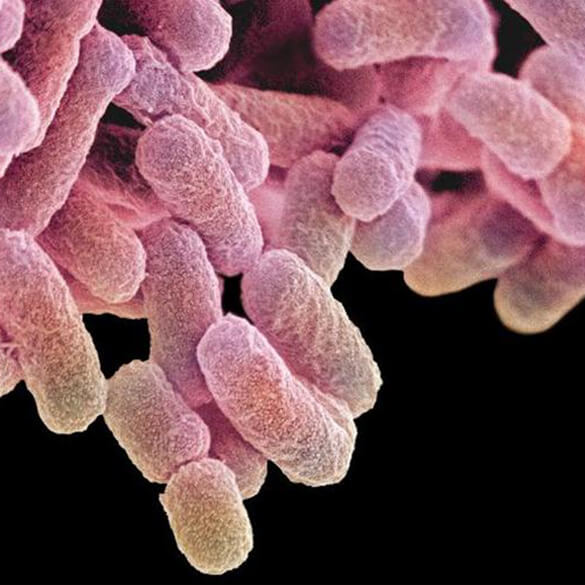A Brief Look at Antibiotics
 E. coli bacteria
E. coli bacteriaAntibiotics are commonly prescribed in most countries, yet very few people know what they are, how they work, their side effects, or even what exactly they are used for. And, unfortunately, many times they are over-used or misused which diminishes their effectiveness for everyone.
Although there are a few dozens of antibiotics, they are generally categorized as bactericidal (kill bacteria) and bacteriostatic (prevent bacteria from multiplying). Despite this classification, both types are capable of curing a bacterial infection. The most commonly known antibiotic is Penicillin. Some examples of the Penicillin class include: Amoxicillin, Ampicillin, and Oxacillin. Examples of other classes include: Aminoglycosides, Ansamycins, Carbapenems, Cephalosporins, and Glycopeptides.
Bacteria are tiny organisms, invisible to the human eye, that can sometimes cause illness. Some common examples include: meningitis, tuberculosis, and pneumonia. A bacterium is a living organism which can multiply by itself. Contrast that to a virus which is non-living and must invade a host cell to “survive”. A virus multiples by piggybacking off of it's host cell's division.
Antibiotics have no effect at all on viruses. In fact, prescribing antibiotics for viral infections can lead to over-use of the medication, which can have serious worldwide implications. By overusing, or over-prescribing, or by incorrectly using antibiotics, bacteria have become resistant to them. As a result, bacteria have become stronger and the antibiotics we currently rely on can't destroy these variants. In fact, some experts have noted that some diseases, that were thought to have been wiped out, are now making a come-back, and there is no cure for them.
How Antibiotics are Misused
A sick person is prescribed 8 days worth of antibiotics, but after just 4 days feels better and ceases to continue the regimen. Although this ill person felt better after 4 days some bacteria remained in his body and since this bacteria survived through the 4 days of antibiotics they represent the “strongest” bacteria while the weak was killed off. This strong bacterium is now passed on to someone else, who perhaps does the same thing with their prescription. Through each iteration the strongest of the bacteria remains and then gets passed on. After some years of this, along with naturally occurring mutations within the bacteria, the antibiotic stops being effective.
Overuse of Antibiotics
Many times doctors prescribe antibiotics because of pressure by from patients or because they feel this is the best way to treat the patient, even before a proper analysis has been done of the illness. However, by taking antibiotics unnecessarily, the body's own immune system becomes weaker. So, in the future when a real or more serious bacterial infection occurs, the person's body is not strong enough to fight the infection on its own. And then they must turn to even stronger antibiotics to be cured. This also occurs when people self-medicate, maybe from antibiotics that were never finished by someone they know.
As an aside, scientists were able to extract 3000 year old bacteria from the Yukon permafrost. When they tested these bacteria they found them to be extremely sensitive to today's antibiotics further reinforcing the idea that bacteria change overtime and become resistant to antibiotics.
Side-Effects from Antibiotics
Antibiotics can have side effects, such as:
- Upset stomach
- Diarrhea
- Vomiting
- Abdominal cramps
- White patches on tongue
- Allergic reactions
- Itching and hives on skin
- Swollen throat and trouble breathing
- Swollen lips or tongue
- Coughing, wheezing
- Fainting
- Hearing loss
- Kidney damage
- Headaches




Leave a Reply